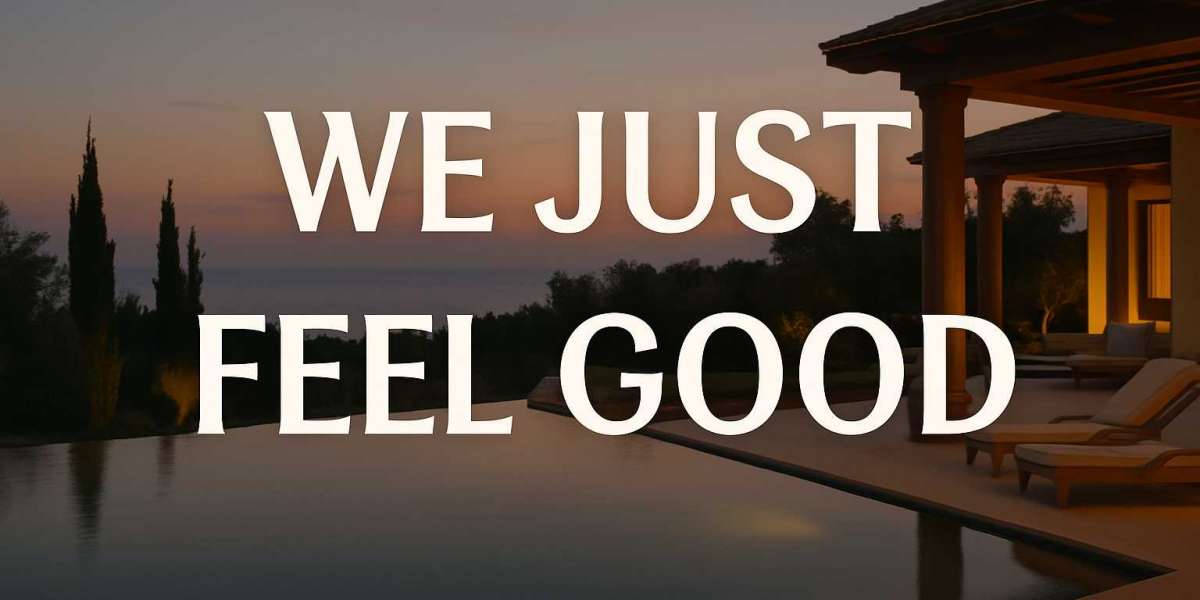In an age dominated by rapid schedules and instant gratification, travel often falls victim to the race against time. Many itineraries are packed with back-to-back sightseeing, leaving little room for genuine connection or reflection. However, a growing movement called slow travel encourages a different way to experience the world—one that prioritizes depth over distance, quality over quantity.
Slow travel invites us to linger, savor, and truly engage with the places we visit. It’s about building authentic connections with local communities, appreciating the rhythms of daily life, and allowing time for personal growth and renewal. This article explores the philosophy of slow travel, its benefits, practical ways to incorporate it into your journeys, and resources that inspire mindful exploration.
What Is Slow Travel?
Slow travel is a deliberate approach to traveling that emphasizes immersion, mindfulness, and sustainability. Instead of rushing through multiple destinations in a short period, slow travelers focus on spending more time in fewer places, enabling deeper experiences.
This approach encourages living like a local—shopping at markets, participating in cultural events, and engaging in meaningful conversations. The goal is to move beyond surface-level tourism and enter a space of curiosity, respect, and genuine connection.
Why Slow Travel Matters Today
Modern travel can be exhausting and overwhelming, often leading to burnout and a sense of detachment. Slow travel counters this by promoting well-being and reducing environmental impact.
The benefits include:
Enhanced Cultural Understanding: Spending more time in one place allows for richer learning and appreciation.
Reduced Environmental Footprint: Traveling less frequently and more intentionally lowers carbon emissions.
Support for Local Economies: Extended stays benefit small businesses and artisans.
Personal Growth: Slow travel fosters mindfulness, reflection, and resilience.
By slowing down, travelers nurture not only the destinations they visit but also themselves.
Practical Tips for Practicing Slow Travel
Choose Longer Stays: Opt for accommodations that allow weekly or monthly rentals.
Live Like a Local: Use public transport, cook local dishes, and explore neighborhoods on foot.
Engage with Communities: Attend workshops, volunteer, or join local events.
Disconnect Digitally: Limit screen time to focus on sensory experiences.
Be Flexible: Allow room for spontaneity and unplanned discoveries.
These steps cultivate a travel experience rooted in presence and respect.
Slow Travel and Sustainability
Sustainability is integral to slow travel. By reducing the frequency of trips and favoring local interactions, slow travelers lessen their environmental impact.
Choosing eco-friendly accommodations, supporting regenerative tourism projects, and practicing waste reduction align with the values of slow travel. Such mindful choices contribute to preserving the beauty and culture of destinations for future generations.
Resources to Inspire Slow Travel
Navigating the principles of slow travel can be easier with thoughtful guidance. Platforms like We Just Feel Good offer insights and inspiration for travelers seeking authentic and sustainable experiences.
By emphasizing respect, connection, and mindfulness, these resources encourage journeys that enrich both traveler and host.
The Transformative Power of Slow Travel
Many travelers report that slow travel changes not just how they see the world but how they live their lives. It cultivates patience, openness, and empathy, qualities that extend beyond the journey.
Slow travel invites reflection, helping travelers integrate lessons learned and maintain a sense of connection to the places and people they meet long after returning home.
Conclusion
Slow travel is more than a trend—it’s a thoughtful response to the fast-paced, often superficial nature of modern tourism. By embracing slower rhythms, travelers can experience richer, more meaningful journeys that honor both destination and self.
This approach fosters sustainable tourism practices, nurtures cultural exchange, and supports personal well-being. Guided by resources like We Just Feel Good, travelers can cultivate mindful habits that transform travel into a deeply rewarding practice.
Choosing slow travel invites us all to rediscover the joy of presence, curiosity, and genuine connection—qualities that make travel truly memorable.








